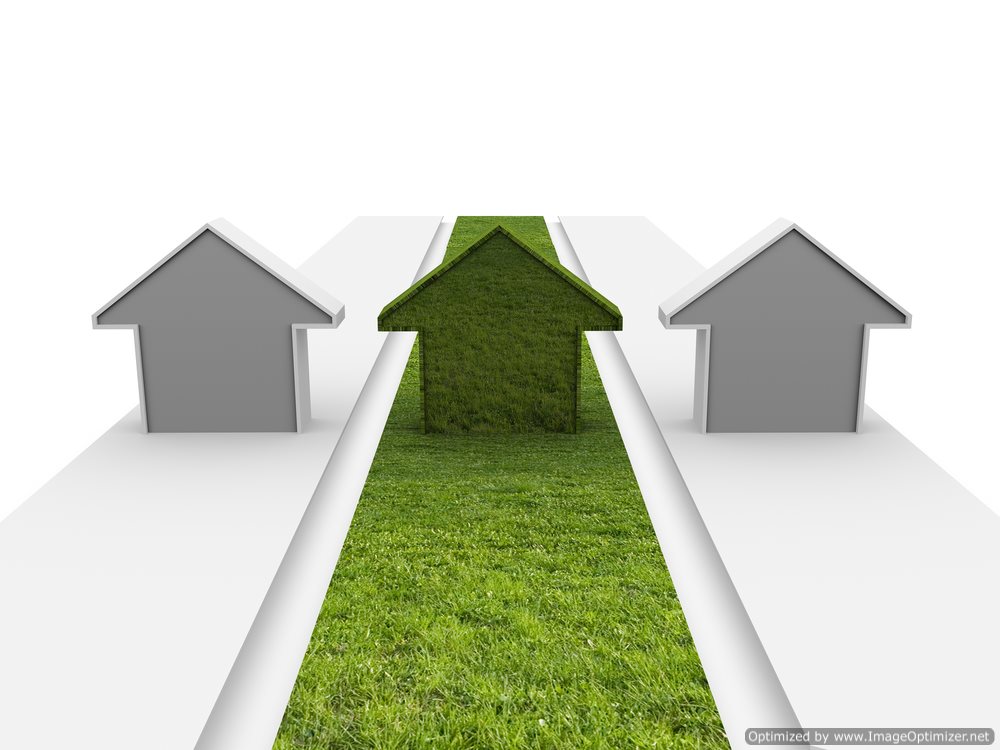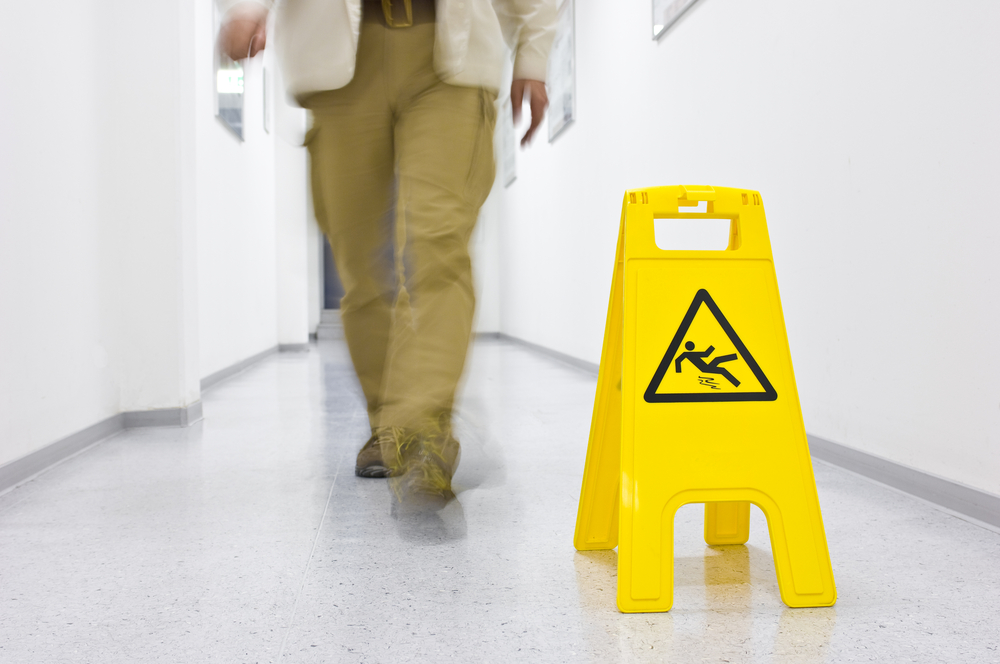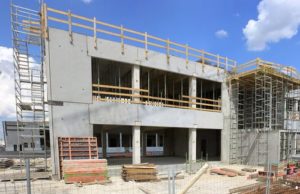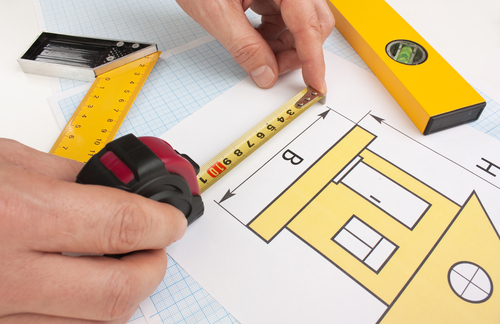
What is Green construction?
Green construction refers to the construction process of a structure that is environmentally sound and resource-efficient throughout the building’s life. Green construction implements a recyclable aspect throughout the entirety of the building’s lifecycle, meaning the project will utilize renewable resources or efficient forms of alternative energy sources. Green construction will result in a structure that is deemed efficient throughout the entire lifecycle; the building will use energy, water and dispose of waste in an efficient matter from design to construction subsequent operation, maintenance, renovation and finally its demolition.
The introduction of new and innovative technologies, complement current construction efforts to create greener or more efficient buildings. The common objective of green construction is to reduce the overall impact that a construction project poses on human health and the natural environment. Green construction achieves this goal through efficiency; all materials, including the byproducts or waste from the construction efforts are conserved or disposed in an environmentally-friendly and efficient manner.
Green construction project use of resources?
To efficiently use building materials and naturally resources, a green construction project will use its available resources and combine this practice with recyclable or innovative technologies. A green construction project will efficiently use energy, water and other natural resources to build the structure.
A green construction project will protect occupant health and improve employee productivity through the issuance of a highly-regulated and organized protocol. The resources used in a green construction project are not ignored or exhausted at any stage during the building process. As oppose to a typical project, the green construction process will incorporate a sound model, coupled with regulations and innovative technologies, to continually recycle resources. Lastly, a green construction project will limit the negative externalities attached to byproducts, through the reduction of waste, pollution and environmental degradation.
Energy Efficient Practices:
To increase the efficiency of energy, a green construction project may use high-efficiency windows and innovative insulation systems in the structure’s walls, floors and ceilings.
A green construction project may also incorporate other innovative technologies, such as a passive solar building design. This strategy will implement orient windows and walls to shade the structure during the summer while maximizing light in the winter months.
A green construction project will also implement renewable energy sources throughout the construction process. Solar power, hydro power, wind power or biomass can all reduce the environmental impact of the building.
Green construction and Water Efficiency:
Protecting water quality and reducing water consumption are fundamental objectives during the green construction process. The conservation and protection of water throughout a building’s life cycle may be accomplished by designing dual plumbing systems. These systems will efficiently recycle water when a toilet flushes. In addition, water may be conserved during the lifecycle, by installing low-flush toilets or low-flow shower heads.
Point of use water treatment and heating systems also improve both the water quality and the efficiency of energy by reducing the amount of total water in circulation.
Green construction and Waste Reduction:
A green construction project will seek to reduce waste or byproducts; the materials and water used during the construction of a sustainable structure will be preserved as much as possible. During the building phase, a green construction project will limit the amount of material that is transferred to land-fills. An efficiently-designed building will also help reduce the amount of waste generated by the occupants by providing various on-site solutions, such as compost bins.

















